Here at Wildane there is always the perpetual task of weeding. This week I spent over 25 hours clearing the fruit forest of weeds to make space for future planting. The soil in the fruit forest is so fertile that almost everything grown thrives there, including weeds. My task was to weed the parts of the fruit forest that were not already mulched over or covered with plants being used as ground covers. At first it seemed like a pretty easy job, but after the second day I got a little restless. I was working by myself and weeding the entire forest by hand (unfortunately I didn’t realize using the hoe was much more effective until the last day of weeding). The main fruit forest at Wildane has only been established for three years, so Jimmy and Esther have tried numerous techniques to try and get rid of weeds in the forest.
One technique that seems to work is weeding and then covering the weeded area with newspaper and mulch. When I arrived at Wildane, about 1/3 of the fruit forest had gone through this process. It wasn’t until this week that we got more hay and newspaper to finish the job. The purpose of the newspaper and hay is to basically block sunlight to prevent the weeds from photosynthesizing and growing again. This thick layer of mulch suppresses weeds and creates fertile soil for planting. After several weeks, the newspaper and hay will be removed in order to plant and transplant more trees and ground cover crops.
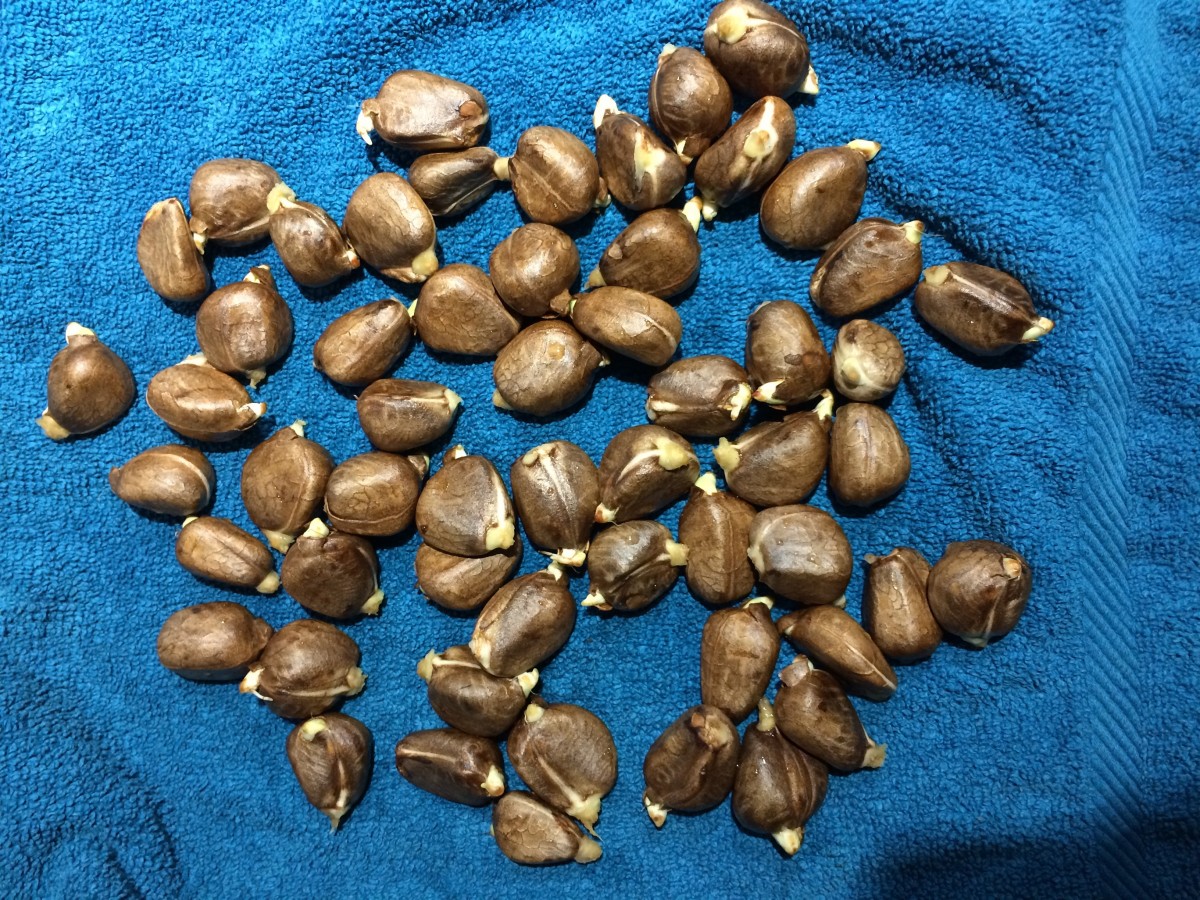
Seeds from breadnut fruit. They are very similar to chestnuts and have a starchy potato like consistency once cooked.
In addition to weeding, I did my usual maintenance in the fruit forest and banana forest, which includes watering, cutting down old banana leaves and fallen trees, and searching for ripe fruit to harvest. This week I harvested a few miracle berries (which I always eat with bilimbi), papaya, and a new fruit I’d never seen called breadnut fruit. I was walking in the part of the fruit forest by the river when I noticed broken green fruits all over and below the river deck. Breadnut fruit is a small, green, spiky fruit that is in the same family as breadfruit. Unlike breadfruit, you do not eat the flesh of the breadnut fruit. Instead, you remove the flesh and harvest the seeds. The seeds are low in fat, but high in protein and very similar to chestnuts. To prepare them, you boil them in salt water for an hour, crack open the shell, and enjoy!
As you know, last week I harvested four different varieties of bananas. I conducted two tasting labs: one comparing Niño and a FIAH Cavendish variety and one comparing Kru and Java Blue bananas. Because there was such a surplus bananas, a lot of them were going bad before we could eat them. In order to save the bananas we dehydrated the ripest bunch and made banana chips!
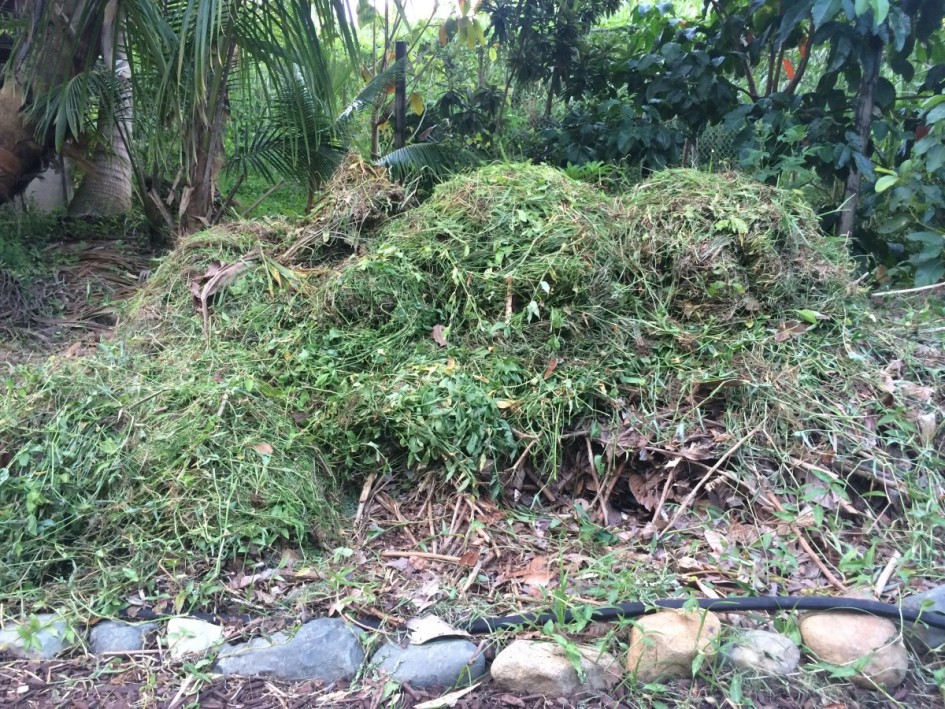
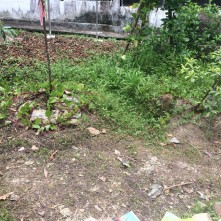




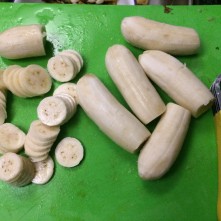
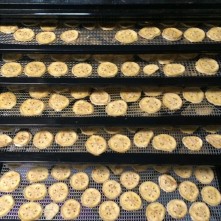
Leave a Reply